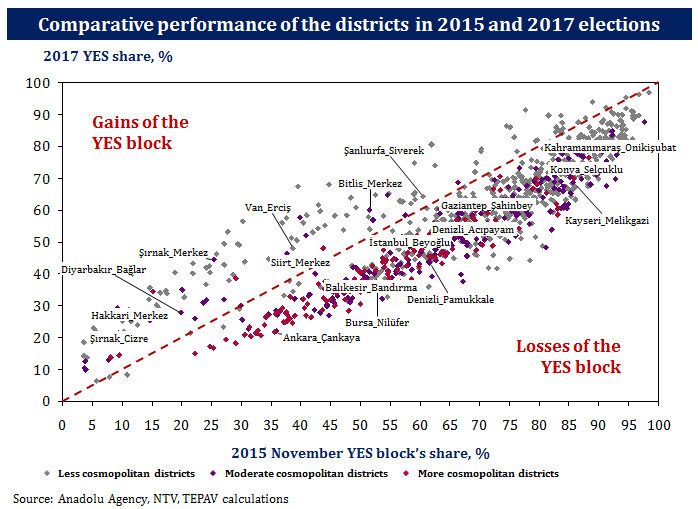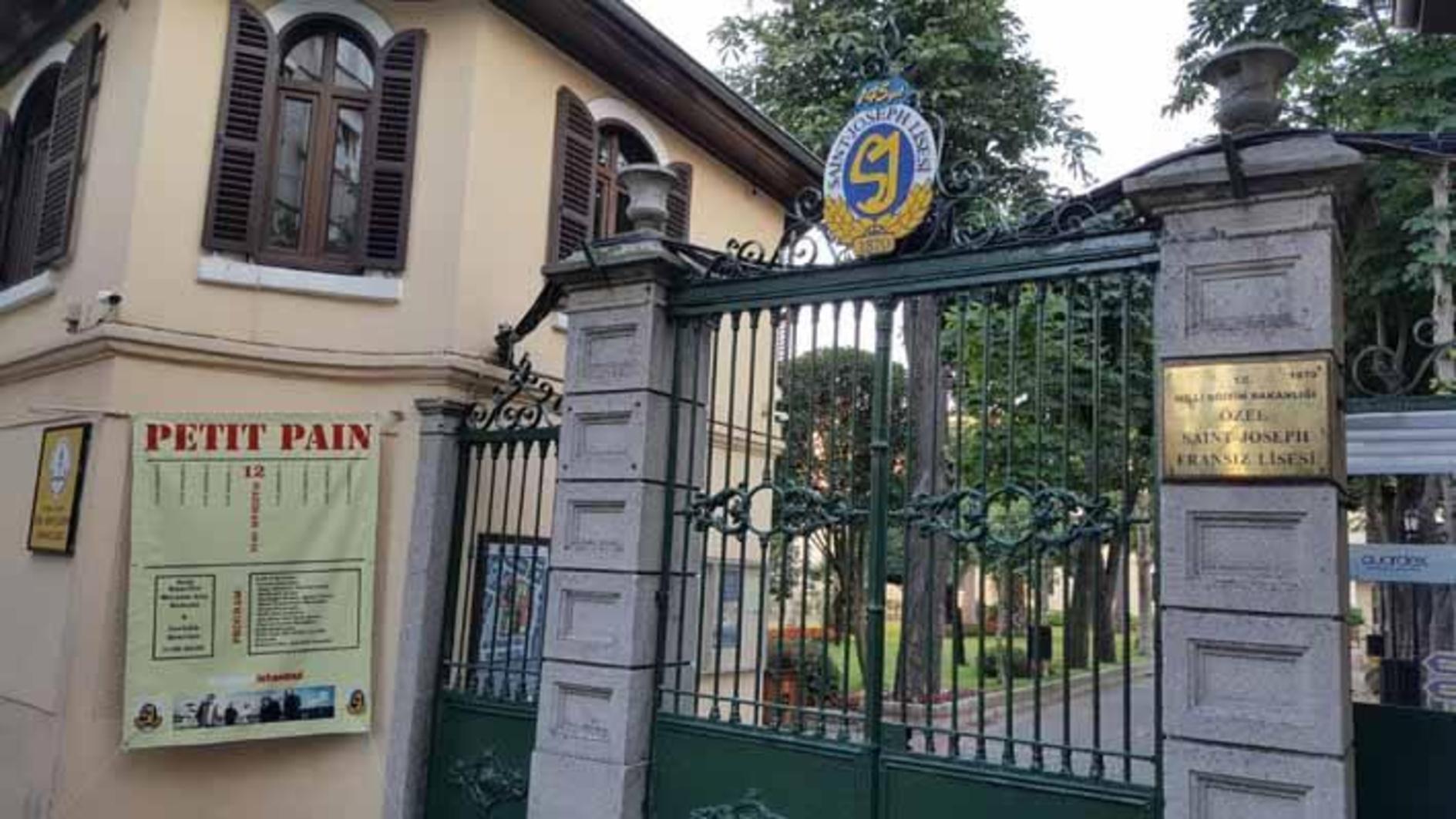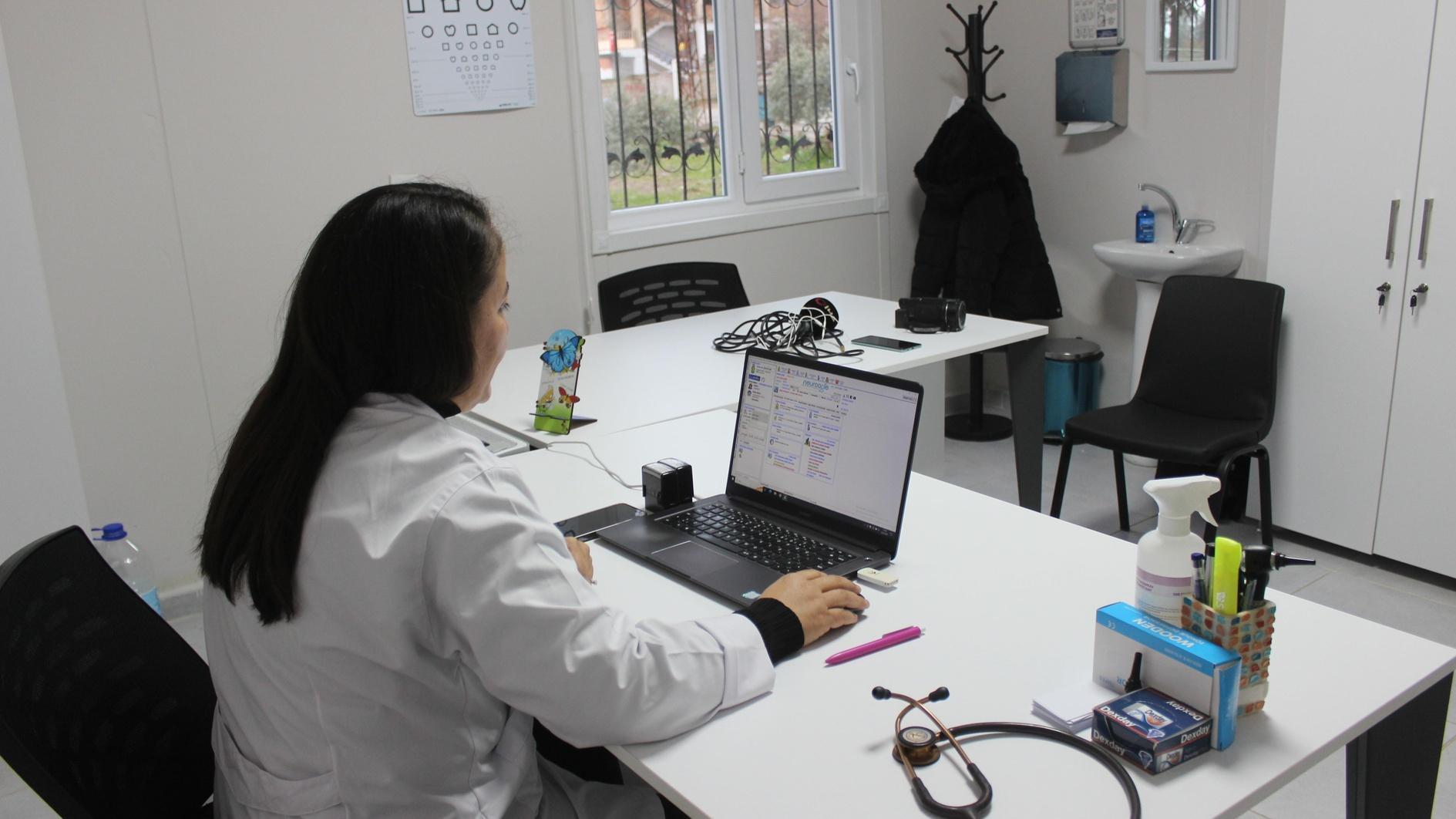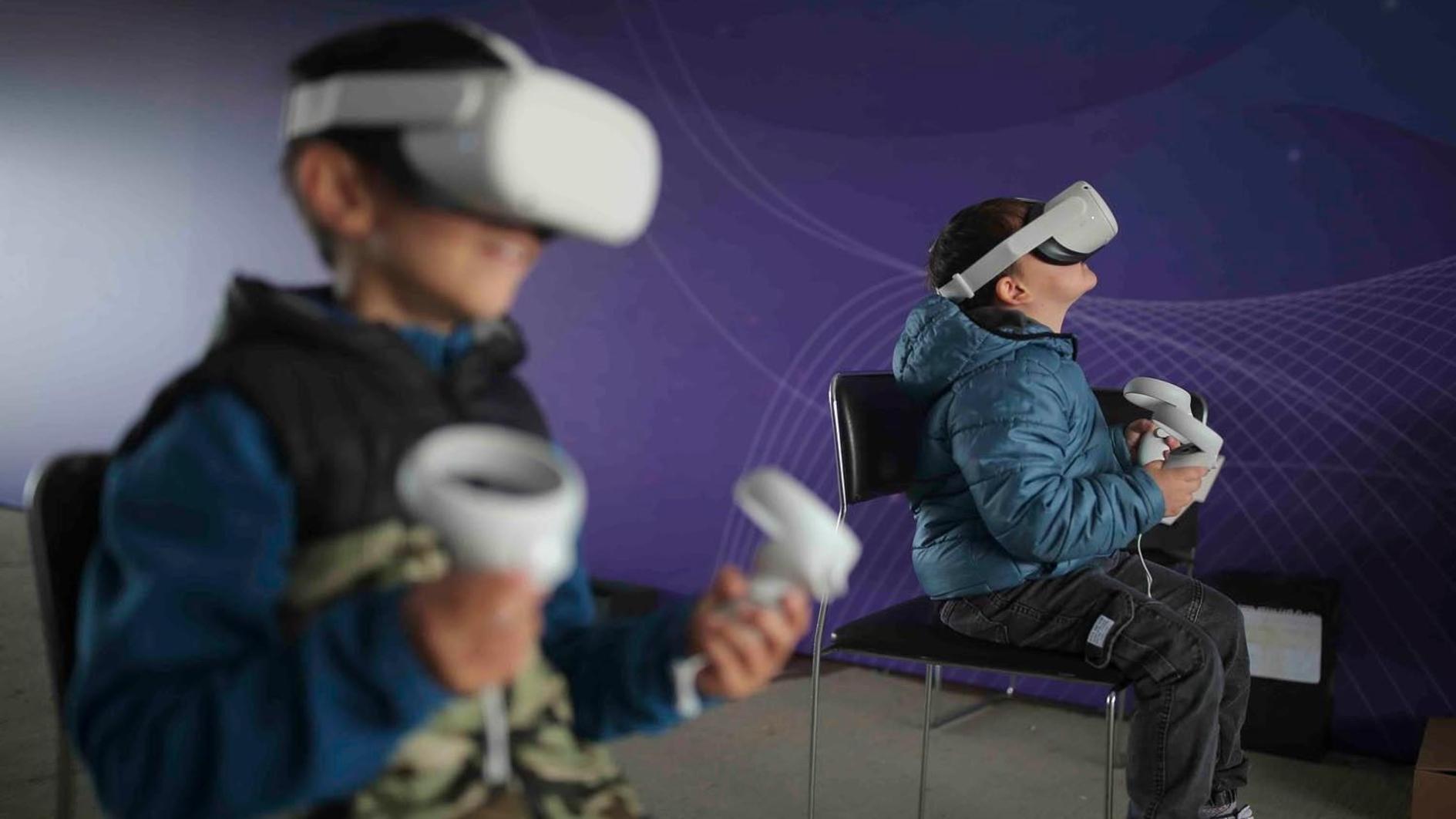This time it’s different
 Turks voted 51.4 to 48.6 percent in favor of the executive presidency. Here you have another evenly divided society, you may say by looking at the sheer numbers. Yet this time there is a difference. Let me elaborate.
Turks voted 51.4 to 48.6 percent in favor of the executive presidency. Here you have another evenly divided society, you may say by looking at the sheer numbers. Yet this time there is a difference. Let me elaborate.This time, it is not solely about a division between the secular and the religious, nor is it a sectarian or ethnic divide. This time, the division is between the provinces on the receiving and the sending end of internal migration. I find this pattern change rather interesting.
When I was born in the 1960s, 30 percent of Turks lived in urban areas. Turkey was a sleepy agrarian country back then. Now, the urbanization rate has reached 75 percent. If you look at the long-term growth performance of Turkey, nearly two thirds of it has been due to internal migration.
Now let me help you visualize what happened on April 16. The urban centers of Turkey that are on the receiving end of internal migration either voted “no” in the referendum regarding the change in the system of government or displayed a significant decline in the votes of the “yes” bloc, which included the ruling Justice and Development Party (AKP) and others. Imagine a graph showing the performance of the “yes” bloc from the November 2015 general elections to this referendum with the horizontal axis being the 2015 voter base of the “yes” bloc and the vertical axis showing the 2017 voter base of the “yes” bloc. So if the “yes” bloc preserved its voter base intact between the two elections, then all provinces would align around the 45 degree line.
But what happened? There are above-the-line and below-the-line provinces. Below-the-line provinces are those where the 2015 performance of the “yes” bloc, in terms of their voter share, is better than its 2017 performance. Below the line denotes losses for the “yes” bloc. Above the line, on the other hand, means a better performance for the “yes” bloc in 2017, hence gains to the bloc. Here is the pattern; provinces and districts below the line are on the receiving end of internal migration. Just have a look. These are places that grew more, have a developed industry and a creative class of its own and possess a more urban population and what not. Provinces and districts above the line are less cosmopolitan in this the sense of the term as they are the ones on the sending end when it comes to internal migration. It’s all about having a future.
Haves and have nots in the Turkish context? Not that quick.
Let me add two more features to this pattern. Above the line are provinces and districts located predominantly in the southeast region of Turkey. The contribution of the Peoples’ Democratic Party (HDP), the Kurdish party, to the slim “yes” majority of the referendum is greater than the contribution of the Nationalist Movement Party (MHP) to the common cause. That is the finding of our ecological inference model at TEPAV. A good second point, I presume.
My last point, however, is rather visible. Urban centers that are on the receiving end of internal migration are also the nascent industrial centers of Turkey. The ones that trade increasingly more with the EU fall even more significantly below the line. So does the EU matter in Turkish referendum? The figures indicate a shift of votes to the “no” bloc in places where trading with the EU is more important. A good last point to be taken into account.
There are two types of countries in our region. The ones that can solve their problems through the ballot box and those that cannot. Turkey belongs to the first category. In this category, since 1946, we have learned two things. First, the integrity of the ballot box should always be upheld and intact as that forms the basis of the legitimacy of political authority. Turkey has a way to go in the great normalization. And second, the message of the voters needs to be deciphered properly. Notice that we will have another election to make the executive presidency operational in 2019. On April 16, we voted to change the system of government, yet the system has not been effectively defined yet. Now we need to do just that within parliament. That will then become operational after a new president and a new parliament is elected in 2019. That is what Turks will start contemplating now.
Last but not least, the visible pattern change in voter behavior will make the 2019 elections much more interesting, I have to say.












